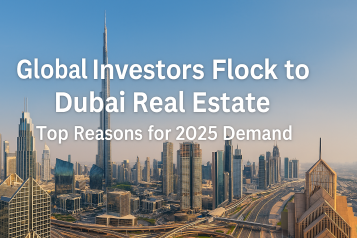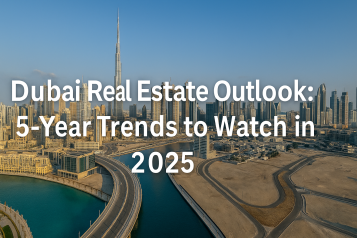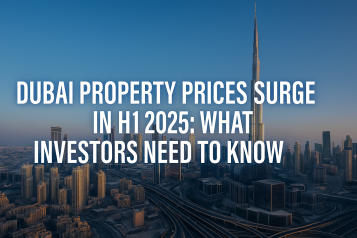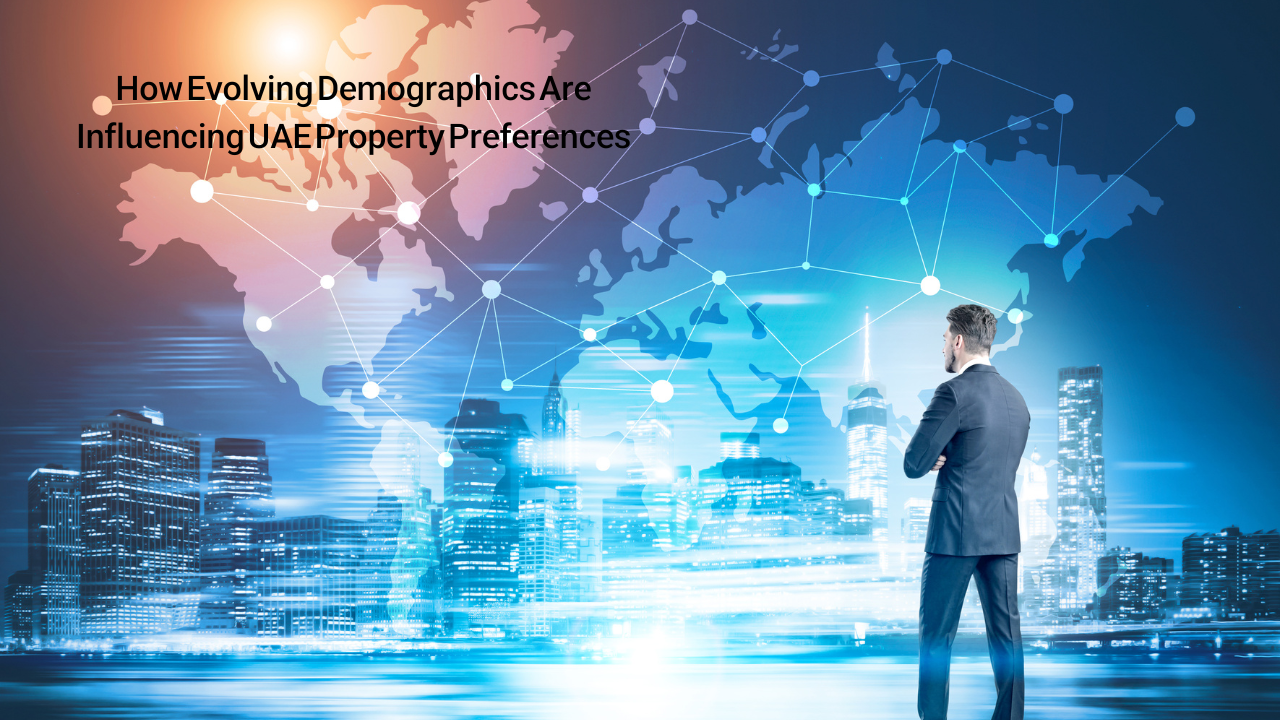

The UAE real estate market is experiencing a transformation, and a significant factor driving this change is the evolution of demographics. With shifts in population size, age groups, cultural dynamics, and income levels, property preferences in the UAE are rapidly evolving. These demographic changes are having a profound impact on the demand for various types of properties, influencing everything from property size and location to design and amenities.
The world is moving to the UAE. Was just checking the number of Golden Visas issued:
2022 → 80,000+
2023 → 150,000+
2024 → 200,000+Minimum real estate investment requirement: 2 Million AED or 4.67 Crore INR
— Trendulkar (@Trendulkar) January 7, 2025
Understanding how demographics UAE property preferences are shifting is essential for real estate professionals, developers, and investors who wish to remain competitive in the market. This article explores how different demographic groups are influencing property demand in the UAE and how developers can adapt to these new trends.
Understanding UAE’s Changing Demographics
The UAE is home to a diverse population, with a mix of expatriates and Emiratis. Over the years, there have been several demographic shifts that are now playing a pivotal role in shaping the country’s real estate market. The increasing number of young professionals, growing demand from families, and the influx of international investors have all contributed to changing property preferences.
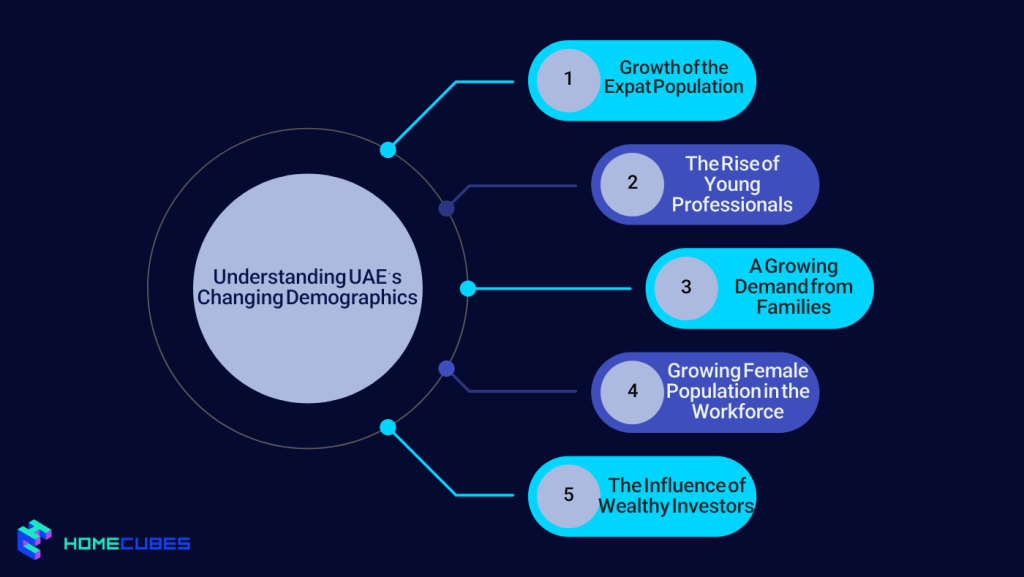
1. Growth of the Expat Population
The UAE has long been a destination for expatriates seeking career opportunities and a high standard of living. Over the years, the expatriate population has continued to grow, contributing to changes in the demand for housing. Expatriates tend to have different housing preferences compared to locals, which influences the type of properties in demand.
Expats often prefer townhouses in Dubai as well as apartments in well-connected urban areas or gated communities that offer modern amenities. The demand for affordable, mid-range properties has increased, with a specific focus on areas such as Dubai Marina, Jumeirah Village Circle, and Business Bay. Developers have responded by constructing more affordable apartment buildings and mixed-use developments to cater to this growing demographic.
2. The Rise of Young Professionals
The UAE is experiencing a boom in its young professional population, particularly in cities like Dubai and Abu Dhabi. These individuals often seek convenience, accessibility, and a vibrant lifestyle, all of which affect their property preferences. As young professionals prioritize proximity to their workplaces, the demand for smaller apartments or studio units in urban areas has increased.
This demographic also tends to value modern, high-tech amenities such as smart home features, eco-friendly designs, and proximity to social spaces like cafes, gyms, and entertainment venues. As a result, areas like Downtown Dubai, DIFC, and Dubai Silicon Oasis are becoming more attractive to this group. Developers are increasingly focused on creating compact, well-designed properties with easy access to key locations and amenities.
3. A Growing Demand from Families
While young professionals make up a large portion of the UAE’s population, families are also driving a significant shift in property preferences. Families, particularly expatriates with children, are looking for spacious homes in family-friendly communities. They often seek properties that offer larger living spaces, multiple bedrooms, outdoor areas, and access to schools and healthcare facilities.
As a result, suburban areas like Arabian Ranches, Al Barsha, and Emirates Hills are seeing increased demand for villas and townhouses. These neighborhoods provide the peaceful and secure environment that families desire, along with proximity to educational institutions and green spaces. Developers are also focusing on creating family-centric communities with parks, recreational facilities, and schools within close reach.
4. Growing Female Population in the Workforce
An important demographic shift in the UAE is the increasing participation of women in the workforce. This change is influencing property preferences, particularly among professional women and single women. Many of these women seek homes that provide a sense of independence, safety, and convenience. As more women opt to live independently, the demand for studio apartments, one-bedroom units, and smaller properties in urban areas has risen.
Additionally, women are increasingly looking for properties with security features, modern amenities, and proximity to workplaces or public transportation. Urban developments that cater to this demographic often include properties with concierge services, wellness centers, and easy access to shopping and entertainment, making them appealing choices.
5. The Influence of Wealthy Investors and High-Net-Worth Individuals
The UAE is home to a growing number of wealthy investors and high-net-worth individuals (HNWIs), particularly in cities like Dubai. These individuals often have distinct property preferences, focusing on luxury and exclusivity. They are drawn to high-end villas, penthouses, and waterfront properties with world-class amenities.
HNWIs typically seek privacy, security, and luxury features such as private pools, state-of-the-art kitchens, and expansive outdoor spaces. They are also inclined toward properties that offer a sense of prestige and status, such as those located in prime locations like Palm Jumeirah, Emirates Hills, and Downtown Dubai. As a result, developers are increasingly focusing on creating luxury properties that cater to the needs and desires of this elite demographic.
Shifting Preferences Based on Demographic Factors
As the demographics in the UAE continue to evolve, property preferences are shifting accordingly. Here’s a closer look at how various factors are influencing the types of properties in demand.
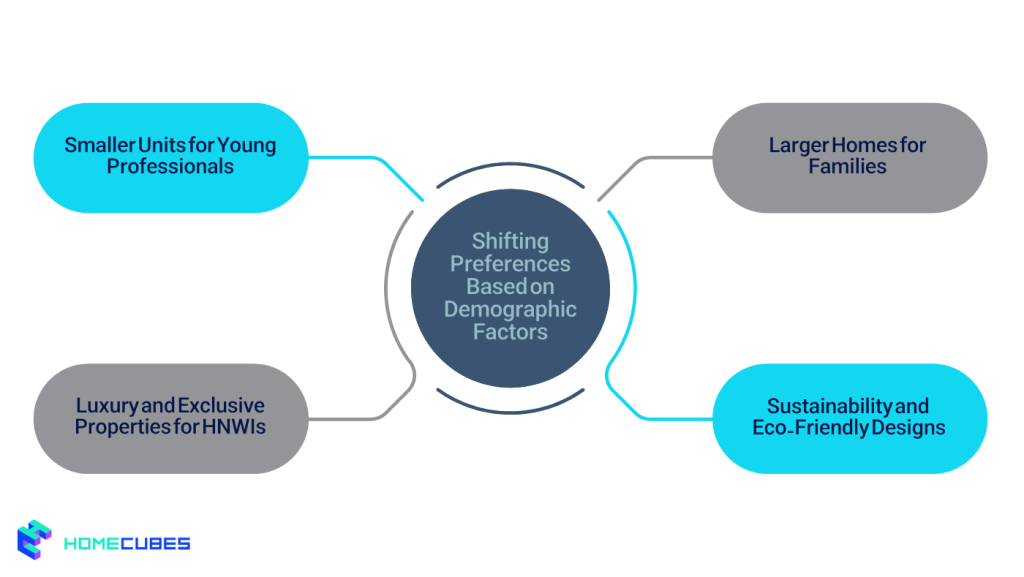
1. Smaller Units for Young Professionals
As the number of young professionals rises in the UAE, so does the demand for smaller units. This demographic is attracted to modern apartments, which offer convenience, location, and affordability. Studio apartments and one-bedroom units are particularly popular, especially in bustling areas that provide easy access to work and leisure activities.
Such a lifestyle trend is driving demand for apartments in UAE cities as well as smaller properties. Hence, the trend has led to the development of micro-apartments and compact studio units. These properties typically feature space-saving designs and amenities like smart home systems, gyms, and cafes. Developers are increasingly focused on maximizing space efficiency while ensuring that units meet the lifestyle needs of young professionals.
2. Larger Homes for Families
Families, especially expatriates with children, often prefer larger homes with more space. Villas and townhouses in suburban areas are highly sought after due to their spacious layouts and family-oriented amenities. These properties offer larger bedrooms, private gardens, and easy access to schools and parks.
Developers are responding to this growing demand by building family-friendly communities that cater to the needs of parents and children. Features such as playgrounds, cycling tracks, and community centers are becoming standard in suburban developments. Additionally, properties in these areas tend to offer more affordable pricing compared to urban locations, making them attractive to families seeking long-term stability.
3. Luxury and Exclusive Properties for HNWIs
High-net-worth individuals are a major driving force behind the demand for luxury properties in the UAE. These buyers seek prestigious locations, high-end finishes, and world-class amenities. Luxury villas, penthouses, and waterfront properties are in high demand, especially in areas such as the Palm Jumeirah, Dubai Marina, and Downtown Dubai.
The demand for such properties has led to the construction of ultra-luxury developments with bespoke designs, private beaches, and exceptional views. Developers are increasingly focusing on creating exclusive communities that provide maximum privacy and security for wealthy buyers.
4. Sustainability and Eco-Friendly Designs
Sustainability is becoming an important factor in property preferences, particularly among younger buyers and environmentally-conscious families. Many people are now prioritizing properties with energy-efficient features, such as solar panels, smart thermostats, and eco-friendly materials.
Developers are responding by incorporating sustainable design elements into new developments. Green buildings and eco-friendly communities are gaining popularity, with a focus on reducing carbon footprints and promoting a more sustainable lifestyle. This trend aligns with the UAE government’s commitment to sustainability and environmental protection.
Final Thoughts
As the UAE’s demographics continue to evolve, property preferences are shifting in response to changes in the population. Young professionals, families, high-net-worth individuals, and expatriates are all driving demand for different types of properties, from affordable apartments to luxury villas.
By understanding how demographics UAE property preferences are evolving, developers can create more targeted, personalized offerings that appeal to the right audiences. Whether it’s focusing on smaller units in urban areas or large, family-friendly homes in suburban communities, the future of the UAE real estate market will be shaped by these shifting demographic trends.
Homecubes, as the leading property tokenization platform in Dubai has got a range of exciting fractional ownership opportunities. Feel free to contact us for further information on our lucrative fractional investment opportunities in prime locations across Dubai.

